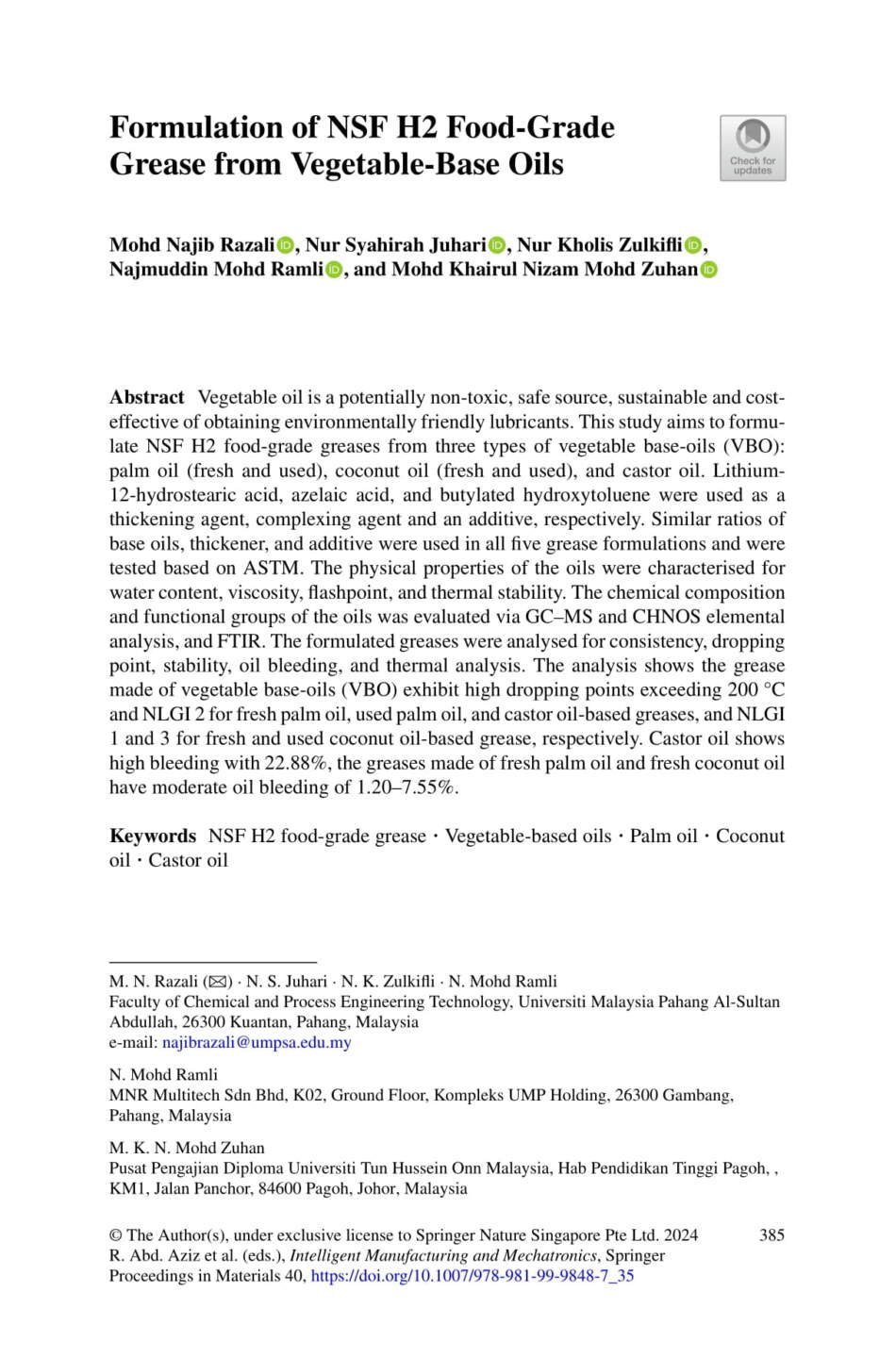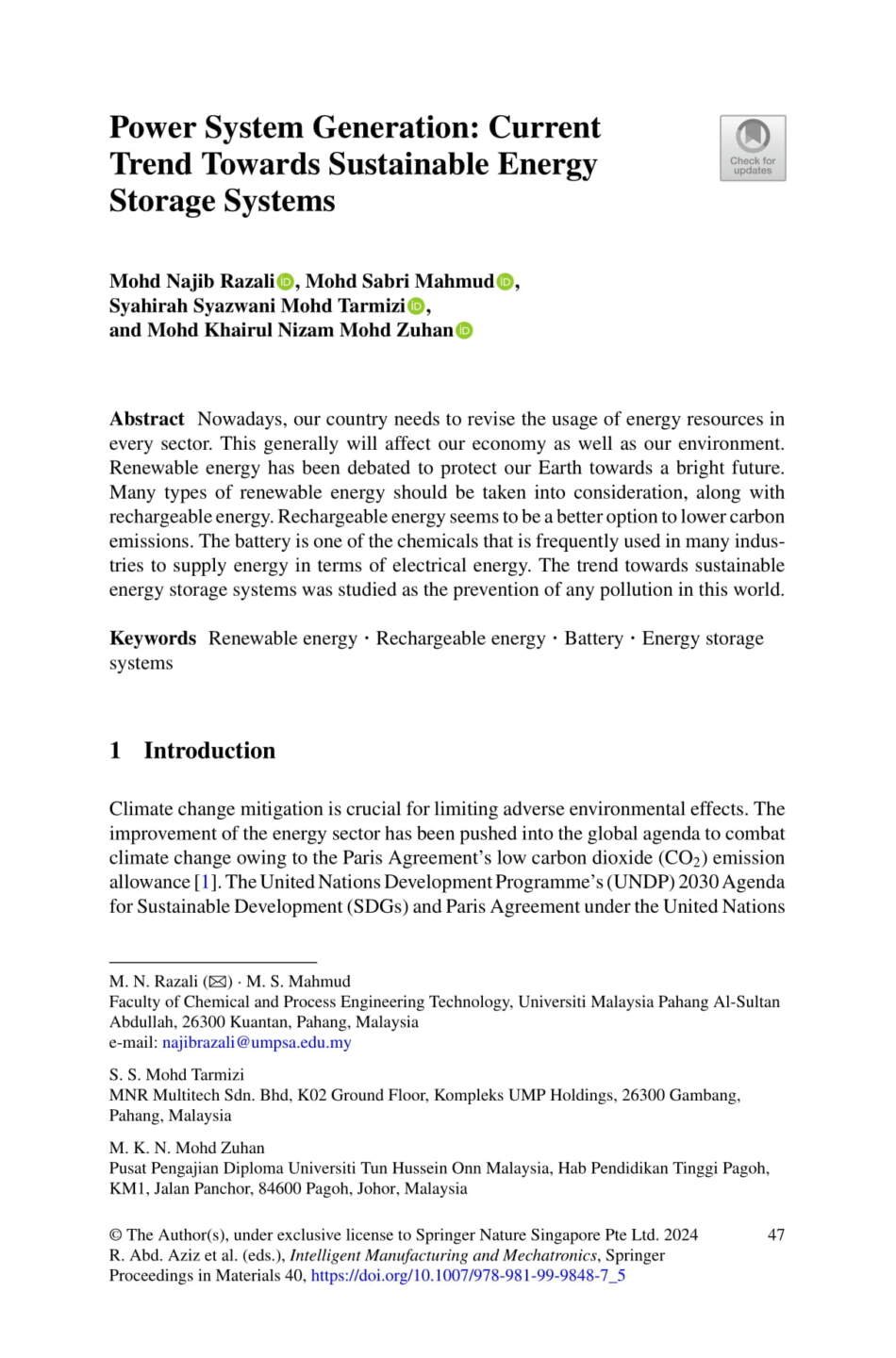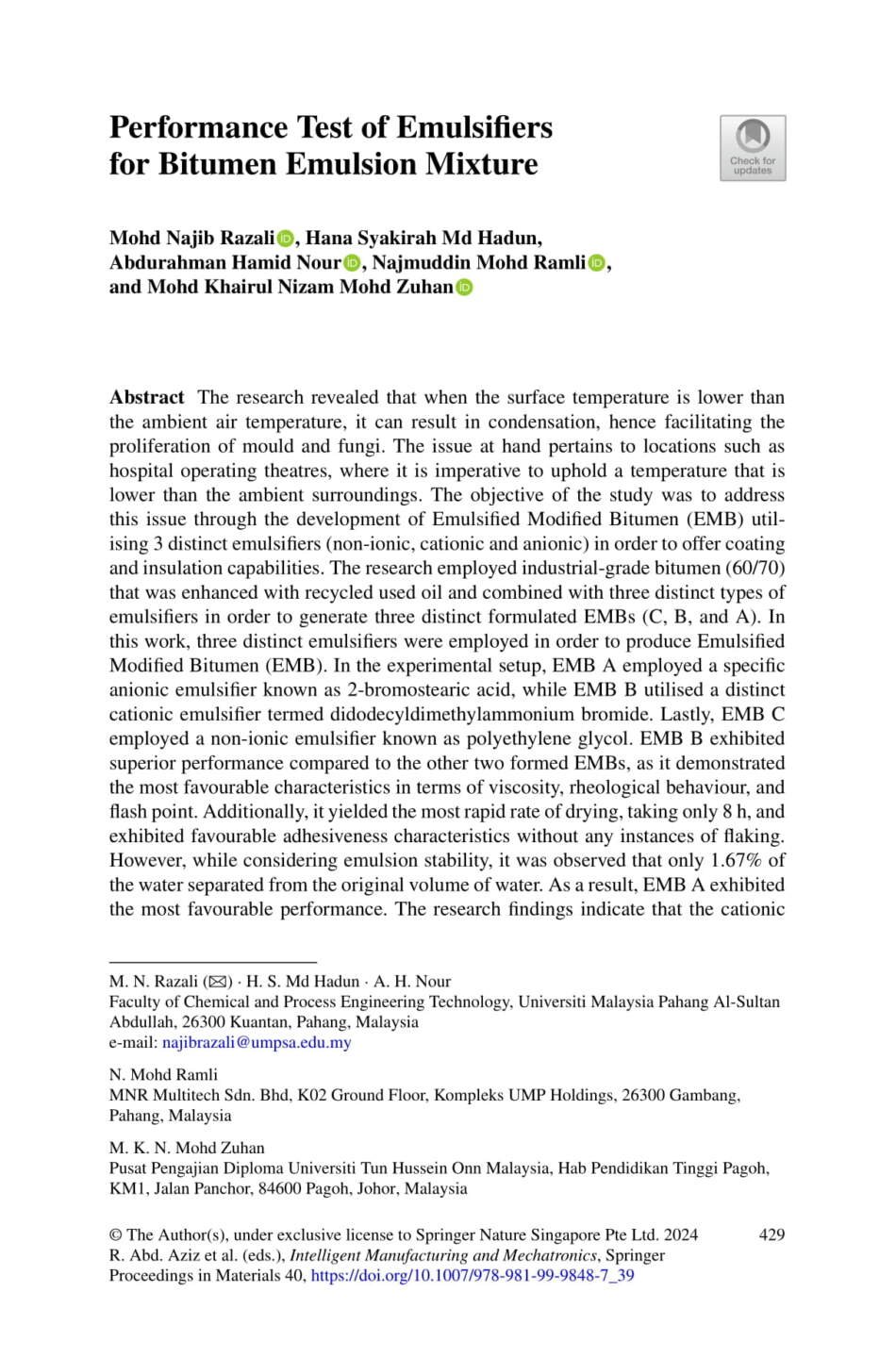Abstract
The industrial effluents from the oil and gas industry contain harmful contaminants that bring detrimental effects to the aquatic life and human population. The primary concerns are the high value of Chemical Oxygen Demand (COD), Total Suspended Solids (TSS), turbidity and heavy metal content such as ferum and copper in the effluents,which did not comply with the Environmental Quality Act (1974) Industrial Effluent (Regulations) 2009of Malaysian Department of Environment (DOE). This research aims to study the efficiency of natural bio-coagulants in treating the industrial effluent from the oil and gas industry.The industrial effluent sample wastreated by using two natural biocoagulants F.A and F.Band three commercial treatment agents (bio-solvent, alum,and poly aluminium chloride (PAC)). Different beakers consistingof 7.5wt% of each agent were added into 1.5 L of wastewater sample and left for a weekwithout mechanical assistance.Forthe second stage, only F.A and alum were used during the experiment. By using five different weight percentages: 2.5%, 5.0%, 7.5%, 10.0%, and 12.5%,the treatment agents were added into 100 ml of wastewater and left for a week without any mechanical assistance. Then, the samples were analyzed for eachof the fiveparameters.The results showed F.A is the best agent in COD treatment,with 41% reduction;followed by alumwith 36%, PAC with 26% and bio-solventwith 22% reduction, respectively. The obtained results also showed that F.A and alum are at optimum performances at 7.5 wt%. The F.A and alum efficiency are deteriorating when the dosage is below and above 7.5 wt%.
Journal Details
Mohd Najib Razali, Amira Ermafiqka Anuar, Musfafikri Musa, Najmuddin Mohd Ramli
Penerbit UMP Press; Journal of Chemical Engineering and Industrial Biotechnology (JCEIB)







